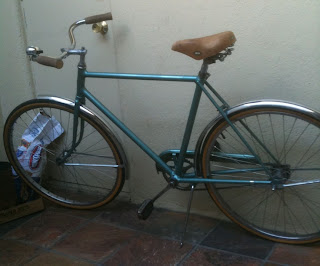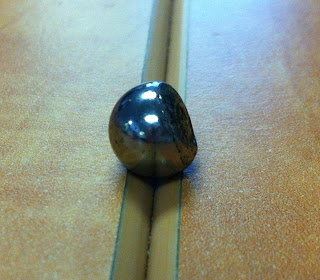“Chance Favors the Prepared Mind” – Louis Pasteur
by Michael Pickering
Chapter One: Preparation
My father and his four brothers were auto/diesel mechanics. All the families, including grandma and grandpa, moved to Moorpark, CA during World War II. It’s a small agricultural suburb east of Ventura. Small in this context means few paved roads. The move occurred when I was about two years old. Probably just after my brother, who was 23 months younger than me, was born.
They obtained a property on US Highway 101 in Ventura. The site had three commercial venues: the “Red Ball Café,” a gas station, and a multi-bay garage with a hydraulic lift. The men managed the auto business and the women saw to the restaurant. Grandpa was the gofer and I was his shotgun. Anyone alive today who ate at the Red Ball during that time will have more than one fond memory.
By the time I was five, properly greasing a wheel bearing and installing it was something I knew how to do by feel, and how to set the cotter pin. What I learned is that it is extremelyimportant to expel ALL the air pockets before installation. It didn’t make any sense to me then, but what five year old is going to doubt a team of mechanics. Moreover, his father and uncles. Now that I’m the mechanic, I get it: it’s a concept of Chaos Theory. (See Figure X)
Chapter Two: Chance
By the time I was in middle school, we lived in Highland Park, a small town on the first freeway on Earth – the Pasadena. Freeways then didn’t have numbers; they were named for their termini (the Santa Anna, the San Bernardino, the Harbor, etc.). We were the penultimate town before the freeway ended at a light signal in Pasadena at Orange Grove Blvd.
The boulevard through Highland Park is the world famous Figueroa. Town was about two miles from our neighborhood and a gradual rise most of the way to the movie theater. Since the movies changed once a week, that was our minimum number of journeys. There were, however, more trips than that in the summer, because the public pool was further up Figueroa.
Exiting the movies one day, someone, probably me, suggested that we have a coasting contest. The rules were simple: one could peddle as much as possible to cross street A, about ¼ mile of the course, then not at all to the finish line at cross street B. Joe McNeil won the first race, and I took second.
Well, I decided that if I wanted to win, I’d have to beat Joe. So I began to think of ways to create an advantage. After all, we all had three speed (hub) bikes, called English racing bikes at the time. (See Figure Y) When I realized the race was mostly coasting, I also knew the solution was to reduce friction. Then I remembered hand packing wheel bearings, which is where I started the project. I removed and replaced all the bearings, including the pedal hub. Included in the soup-up job was the most expensive waterproof lube I could find. It felt more like hand lotion than grease. While I was preparing the bearings, my mind drifted to other ways to lower friction. It came to me as an epiphany: any wobble of the wheels would cause friction on the bearings and on the road surface.
 |
| Figure Y: A 1953 Schwinn three speed bicycle. |
Although my only thoughts about spokes until then had been to keep clothing and body parts out of them, I had changed enough flat tires to know that they were attached to a threaded nut anchored on the OD side of the rim, and the spoke exit on the ID of the rim was a tension adjustment nut. So it was back to the bike store to buy a new tool.
My first guess was to tune all the spokes to the same audio frequency. Since I had no way of knowing the true frequency, my second guess was to pick the highest frequency or tightest spoke. It also simplified the task to require only tightening. A jig was prepared in the backyard with two 2 x 4’s so the wheels could be levelly mounted and spun. The spokes were plucked to find the highest frequency, whereupon all spokes were tuned to match. When done, the rim (as viewed rotating in the jig from a planar angle, perpendicular to the axle) was ‘S’ shaped. So, Plan B was hatched.
True flatness had to be established by reference to a fixed point. Another stick with a horizontal nail through it as a palp or feeler was driven into the ground. The spokes are anchored in turn on opposite sides of the rim. As the rim turned, it drifted away or toward the feeler gauge. So the process was: loosen one spoke, and tighten the next. The eventual result was two true rims.
Keeping my head down near the handle bar and centered over the quill, to lower friction even more, I never lost another race.


